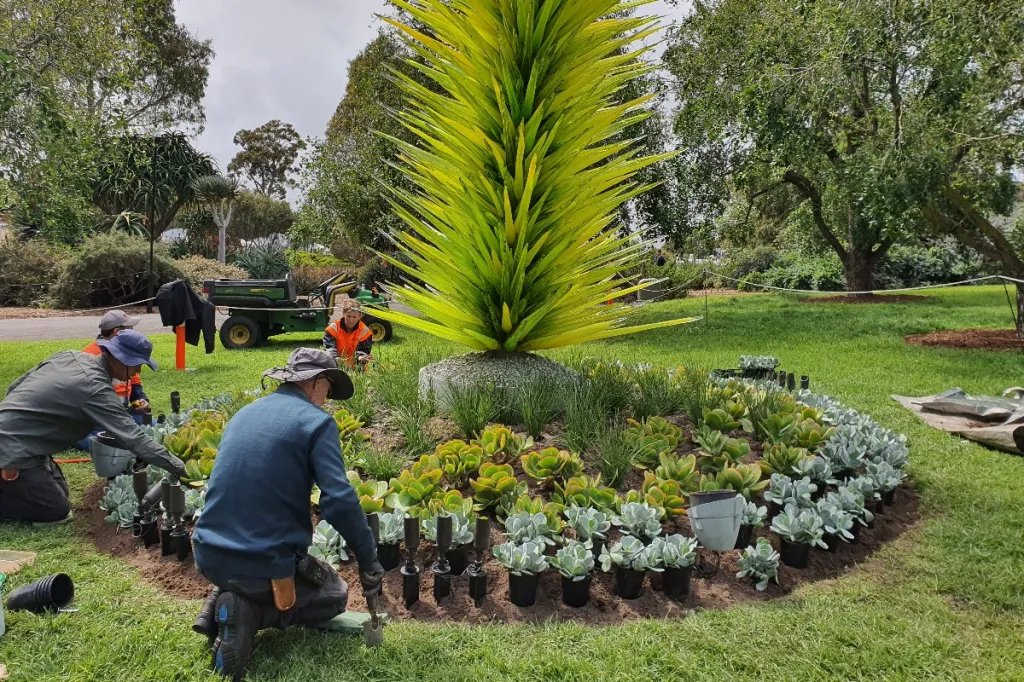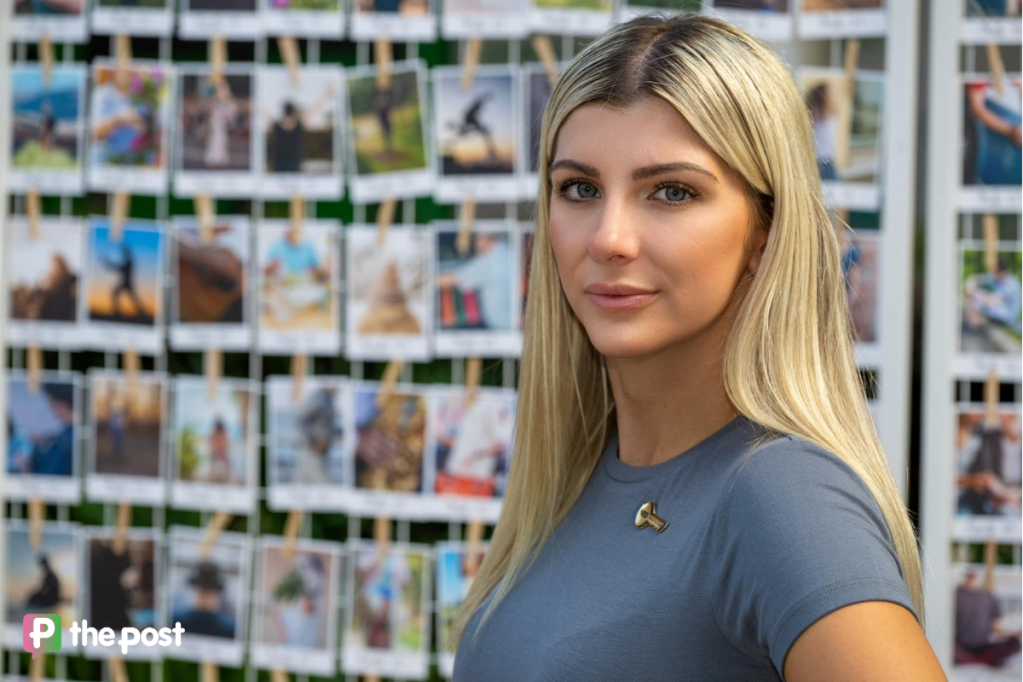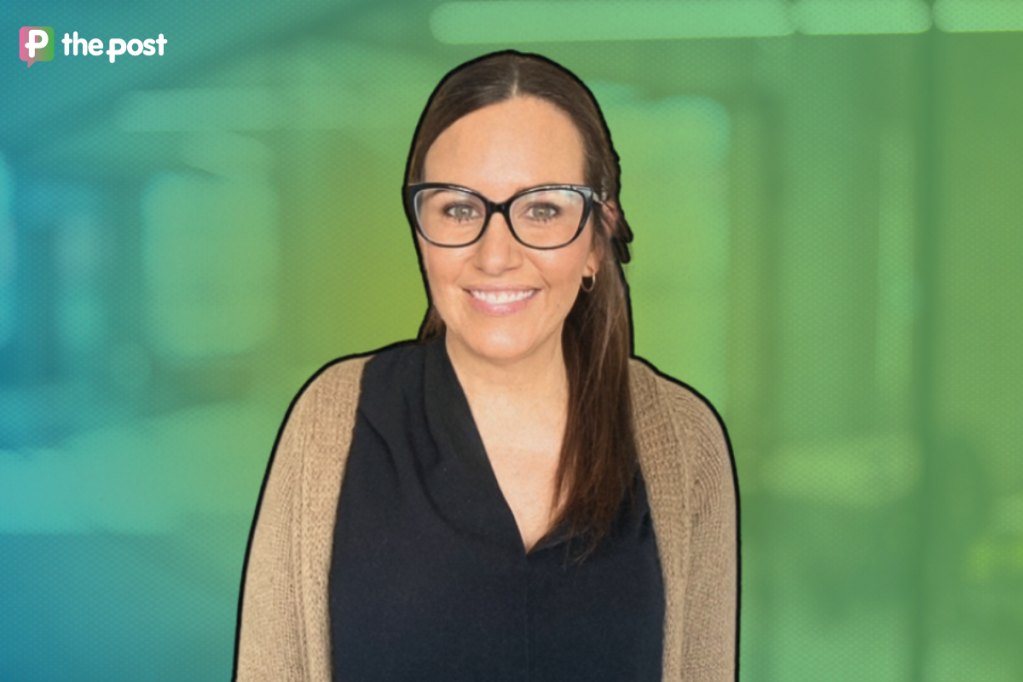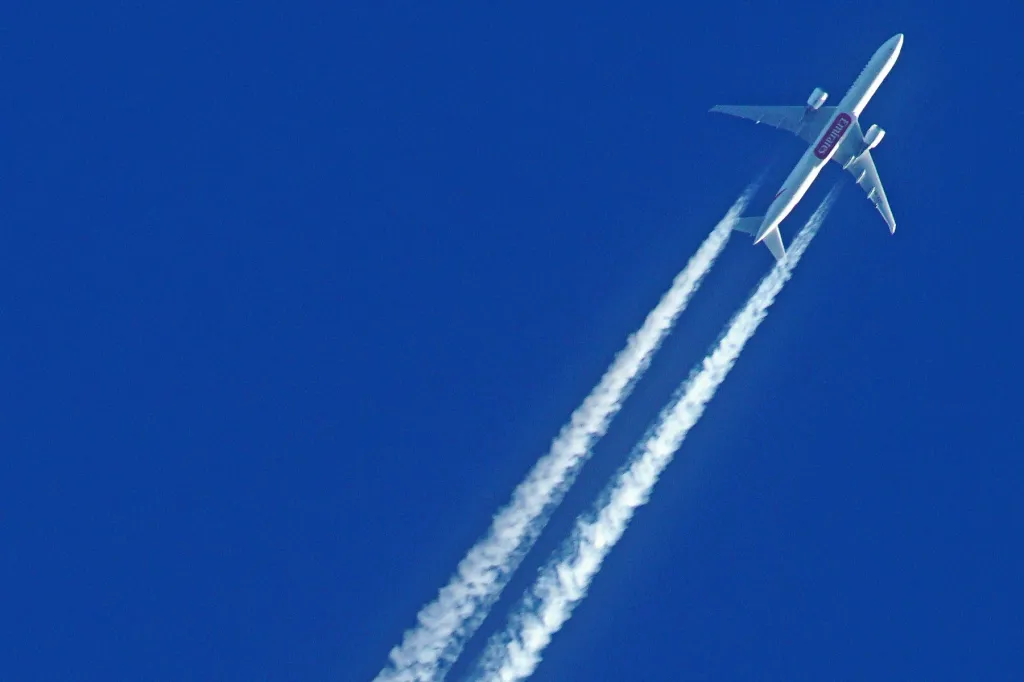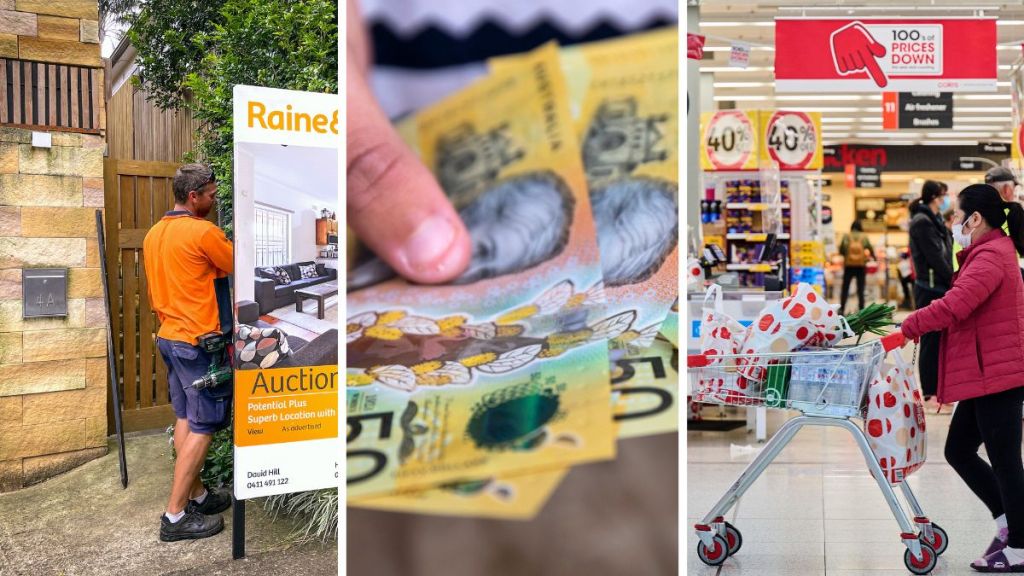SA project to get more olives on the table
A process being developed in Loxton is reducing water use and improving quality in an attempt to grow the state’s olive industry.
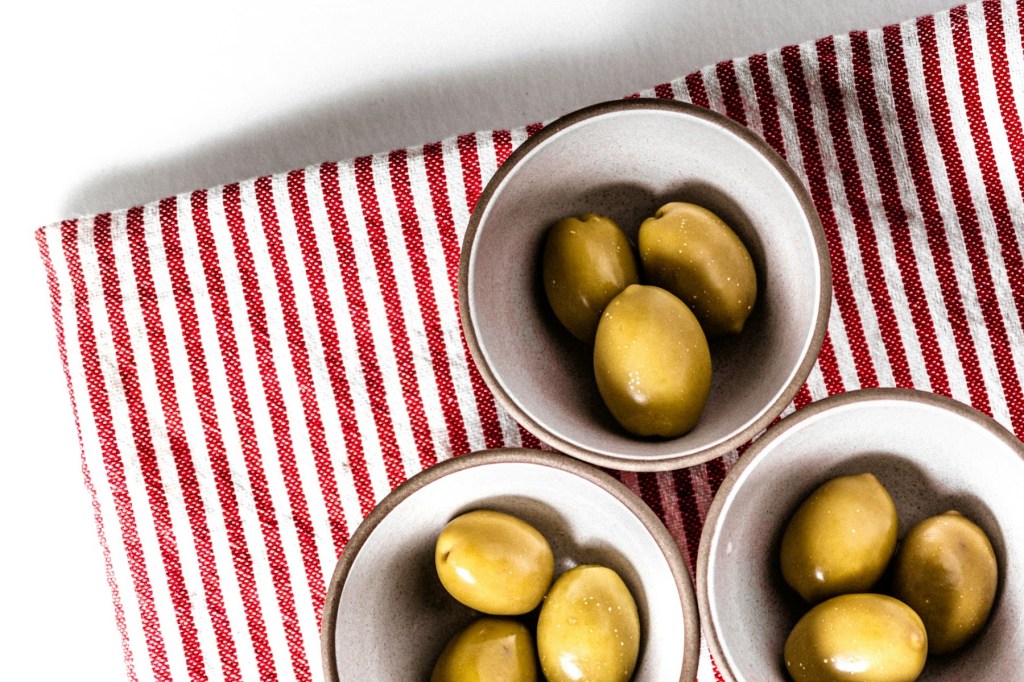
The joint project between the Australian Olive Association and the University of South Australia aims to boost the country’s table olive production to 100,000 tonnes per year – 40 times its current output – by making the production process less wasteful.
Called “Olives the Australian Way”, the Loxton-based project has developed a way to use chemistry to produce table olives instead of the tremendous amounts of water needed in traditional processing methods.
Professor John Fielke, the project’s lead entrepreneur, said olives are traditionally processed in three ways. One method involves repeatedly changing water – daily, then weekly – up to 20 times to remove bitterness before preserving the olives in salt water.
“You have about one litre of water to one kilo of olives. So, if you had 10 kilos of olives, you throw out 10 litres of water every day,” he said.
The second method is soaking olives in salt brine for up to two years to develop flavour and preserve them. This process is resource-intensive, requiring multiple brine changes to prevent mold and contamination, using two to three times more brine than olives.
A third method soaks olives in an alkaline lye solution to remove bitter compounds in 24 hours, however, the toxic residue requires at least five washes and extensive flushing before they are ready to be placed in salt water to restore bacteria and lactic acid.
You might like
Fielke said that besides the heavy water and resource-consuming nature, a downside across these methods is the discharge of large amounts of salt water into the waste stream.
“If you’re only doing hundreds of kilograms of olives, you can do it. What we are trying to do is build an industry that does 100,000 tonnes of olives. That’s a hundred million kilograms, and we have to use five times the water,” Fielke said.
He said the “Olives the Australian Way” project has engineered a method to conserve the use of water.
“What we have is a process that uses chemistry to capture the bitter compounds in the brine. We put our olives straight into the brine and keep the brine clear and control the bitter compounds in the brine,” Fielke said.
“The brine is kept clear in a similar manner to a swimming pool. We filter the brine the olives are sitting in, keeping it clear just like a swimming pool. Now, like your swimming pool, you have to wash the filter. We wash our filter and create an olive fruit extract.
“The extract is full of all the good phenols, including compounds called oleuropein, hydroxytyrosol, and tyrosol, which people buy as dietary supplements.”
Stay informed, daily
The project also aims to create health tablets, food additives and beverages by capturing these byproducts, he said.
Fielke said there is no need for multiple changes of the brine because the process is primarily centered around controlling and filtering the bitter compounds that come out of the olives.
“We are not using any extra brine. Our packout is in the original brine from the process,” he said.
Michael Southan, the CEO of the Australian Olive Association, said the project has the potential to bolster the entire olive industry in Australia.
“The Australian table olive industry is a component of the Australian olive industry, and it only really makes up a small part of the total product that we grow in Australia,” Southan said.
According to Southan, Australia grew about 85,000 tonnes of olives in 2024, of which only 3000 tonnes go towards table olives, with the majority going towards the production of olive oil.
“We do have a small table olive industry in Australia, which has a huge potential to grow because there is so much imported table olives that come into Australia,” Southan said.
Describing the product that has emerged from the project’s pilot stage as a “fresher-tasting olive”, he said the project is a real success story because it can bridge the current gap with a higher-quality product and less waste.
However, Southan said they are facing two major roadblocks: a lack of olives in Australia and difficulty finding investors to scale-up and commercilaise the process.
Southan said that while Australia has a lot of olive trees, many aren’t productive enough.
“Getting overall productivity up per tree is the first thing we can do,” he said.
“The second thing is to get more trees in the ground, and that’s happening as well. A company called GO.FARM has bought a fairly substantial-sized irrigation block in New South Wales to specifically grow olives.
“I am also aware of other larger acquisitions of land or other farm operations that are looking to turn over irrigation county to olives as well. It’s a very positive story at the moment and there’s a lot of potential.”
